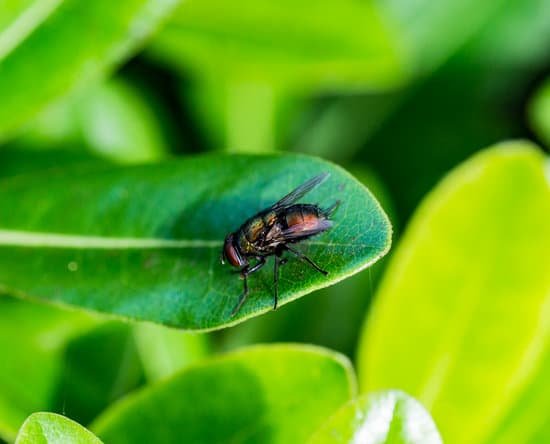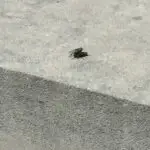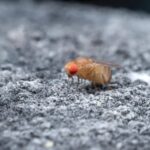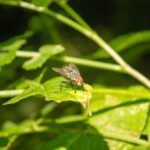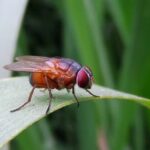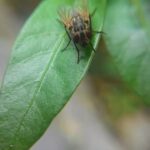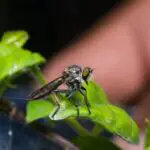How Do Insects Make Noise?
There are many ways for insects to make noise, but most of them use vibrations, not vocal cords. Insects make sounds by vibrating their wings and legs, rubbing together their legs, and contracting their antennae. In a common housefly, for instance, the wings beat about 190 times a second, a frequency that the human ear interprets as a pitch on the F major scale. While no two houseflies are exactly alike, they are all about the same proportionally and they all consistently hit the same notes.
The auditory organs of flies are extremely tiny and positioned on the front of the thorax, just below the head/neck attachment. The organs are made up of two membranes called tympana, which are attached to an internal exoskeletal attachment point. The tympanal membranes contain around 100 to 110 sensory neurons that transmit sound to the brain. The tympanae contain the auditory nerves, which project to the thoracic ganglia, the fly’s central nervous system.
Researchers from Princeton University discovered that male fruit flies can change their song according to their environment. Their songs differ slightly from each other, based on the distance between them and the female. The male’s song also changes according to the speed of the female. This is a new insight into how insects can make such rapid decisions. The findings provide a possible tool for scientists studying neural pathways in larger animals, such as humans.
